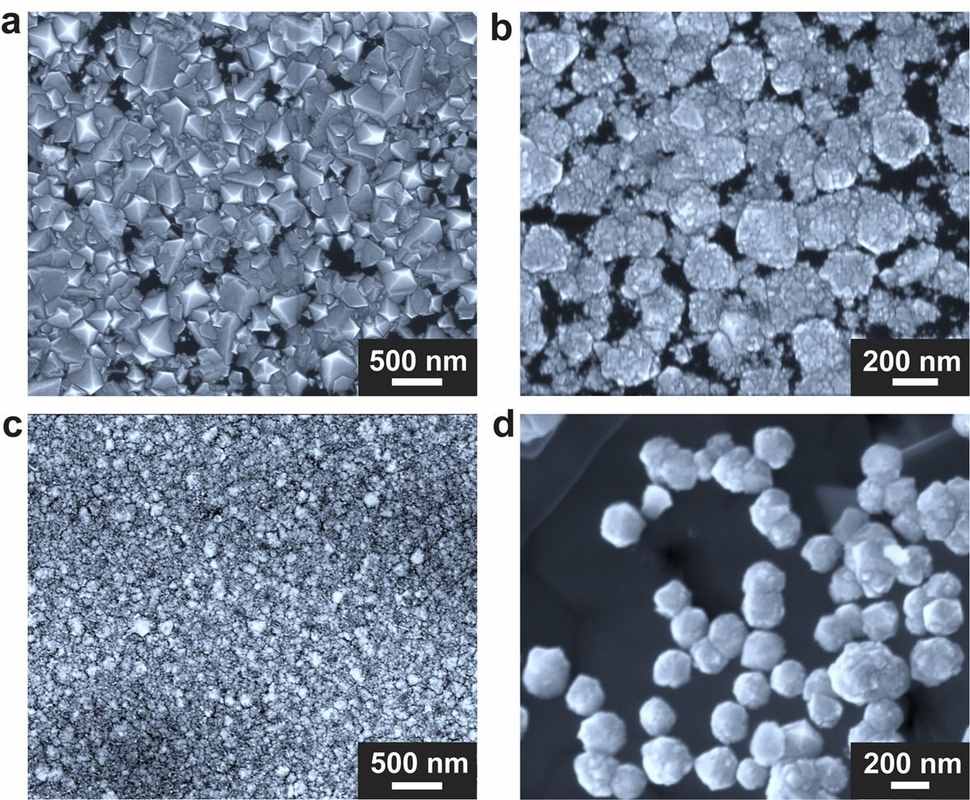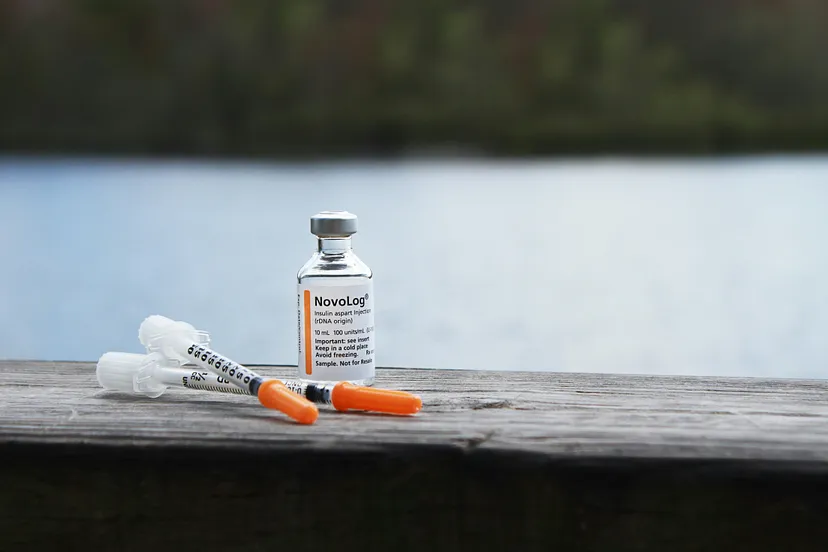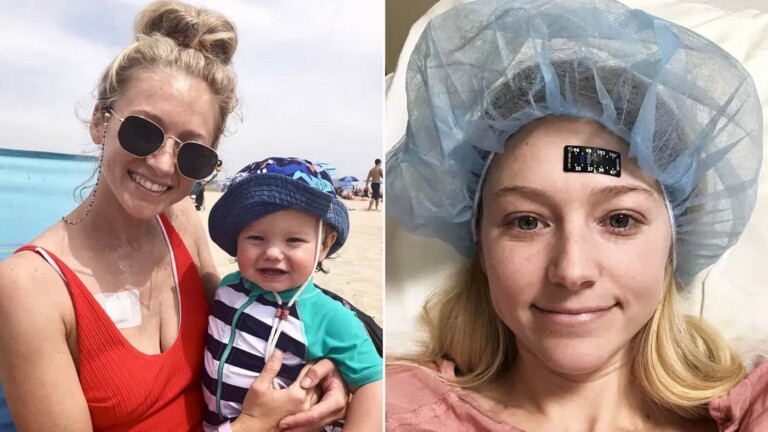Key to Alzheimer’s Disease in Simple Amino Acid?
For over a decade, big pharmaceutical companies have invested billions in Alzheimer’s disease drug trials without making significant progress.
However, a potential neuroprotective compound with promising early-stage results might be found in our everyday diet.
Dr. Paul Cox may have discovered this after investigating high rates of ALS and Alzheimer’s-like symptoms in Guam during the 1990s. He found that cyanobacteria, which produce a toxin called BMAA, were contaminating trees on the island. The trees’ seeds, eaten by flying fox bats, became a source of BMAA for the local population, who hunted the bats for food. This toxin was linked to widespread neurodegenerative diseases among the locals.
In 2003, Dr. Cox revealed that cyanobacteria could be a risk factor for these diseases, though not necessarily the cause of Alzheimer’s. To study BMAA’s toxicology, he conducted trials at the Brain Chemistry Labs at the Institute for Ethnomedicine in Jackson. His research showed that the neurotoxic effects of BMAA were reduced by 85% when combined with the amino acid L-serine.
L-serine, found in eggs, meat, edamame, tofu, seaweed, and sweet potatoes, is a non-essential amino acid in our diet. The protective effects observed in monkeys prompted Dr. Cox to initiate clinical trials with the FDA to explore L-serine as a potential Alzheimer’s treatment.
Interestingly, Dr. Cox is an ethnobotanist, not a neurologist. His research in Okinawa, a region known for its longevity, revealed that residents of Ogimi Village consumed about 400% more L-serine than the average American. This, combined with his lab data, gives Dr. Cox confidence that his clinical trials with Alzheimer’s patients supplementing with L-serine could yield effective results, potentially leading to a simple dietary treatment for the disease.




